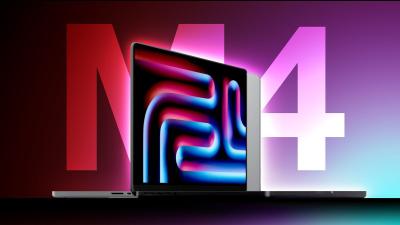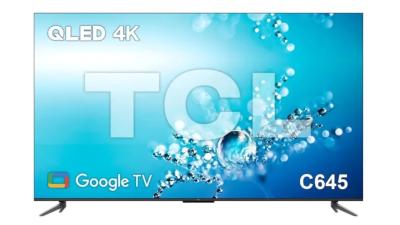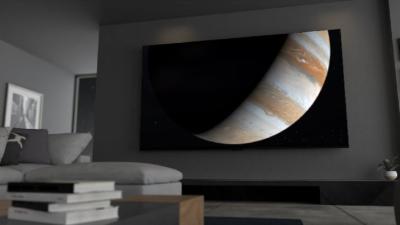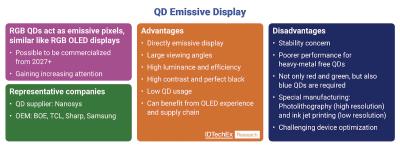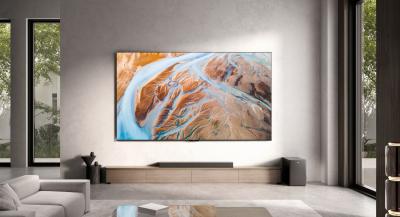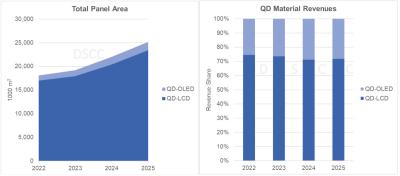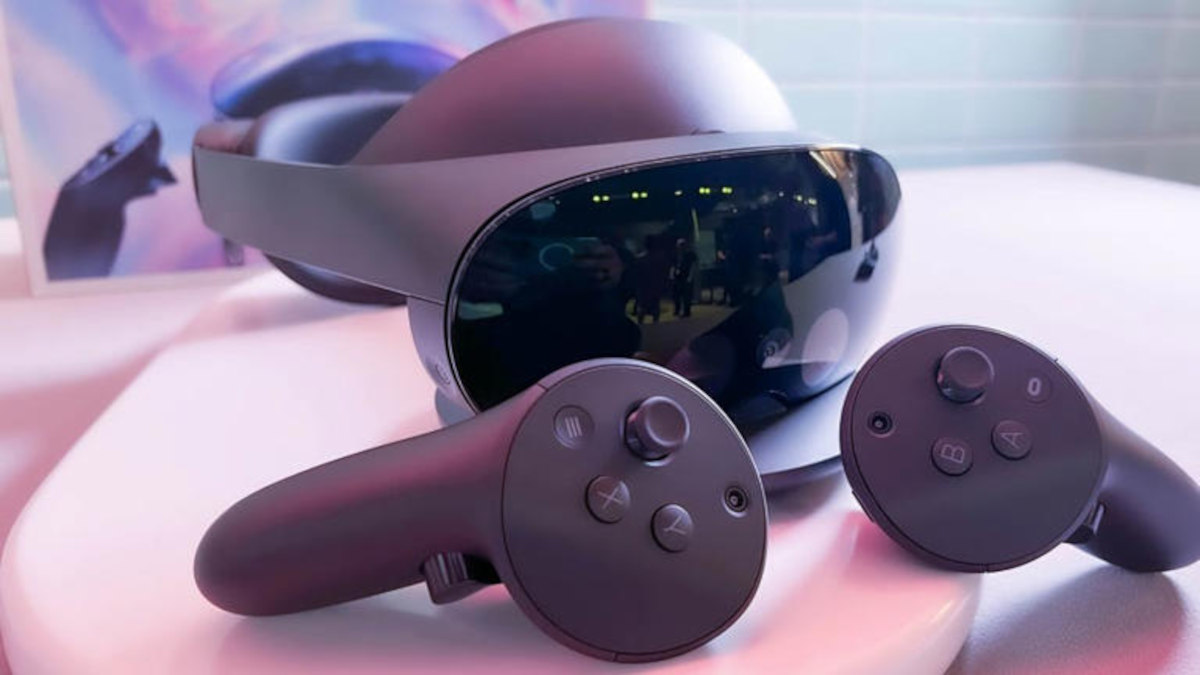Apple adopts red QD films for the first time in its latest M4 MacBook Pro laptops
Apple launched its latest laptops, the M4 MacBook Pro models, and according to DSSC the new displays adopt a red quantum dot film for the first time.
Up until now, Apple used red KSF phosphor films, but the QDs offer more accurate and vivid colors as the emission spectrum is narrower. In the past Apple opted for KSF because this technology does not use any Cadmium and it is lower in cost. Apple's new QD films are Cadmium-free.
